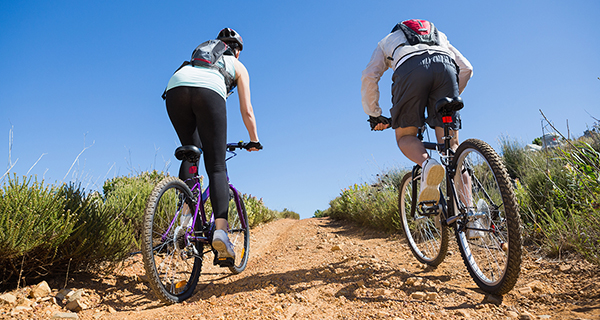Don’t wait for 1 Jan to kick-start your new year exercise and wellness regime.
Get a jump ahead of the wellbeing game this weekend with our ultimate ‘cheat’s’ guide to exercise.
Our EEK & SENSE research suggests 57% of MEWS respondents aren’t regularly getting the right kind of exercise (from a sample of over 1,000 MEWS clients – more insights from this research to come!).
Our data also found that exercise (or lack of it) is a more significant wellbeing issue for MEWS respondents than sleep, diet or weight.
So we’re sharing our 4 top tips to help you get your exercise regime back on track, based on the latest research from around the world.
1. Take a friend
You might feel exercising on your own, when it suits you, is a more time effective option. But research shows you might not be getting the ‘best bang for your buck.’
New studies demonstrate regular group fitness classes decrease perceived stress and increase physical, mental and emotional quality of life when compared to exercising regularly on your own or not engaging in regular exercise.
So, take a friend or two along with you – it will help keep you on track and make it less likely you’ll find excuses.
2. Do it outdoors
Walking in nature can deliver more positive mood benefits than a treadmill, according to the latest Austrian research (and they should know, given the size of their hills!).
Participants reported it felt less strenuous walking up a mountain trail than doing the equivalent time on a treadmill, even though this wasn’t objectively true.
3. Cramming at the weekend works
Great news if you’re struggling to make time for exercise during the week.
It appears ‘weekend warriors’ get the same advantages from cramming in two workouts over the weekend as those who work out 3 or more times throughout the week, including avoiding disease or early death. Either approach reduces the risk of dying early by 30%!
4. Shorter workouts for everyone
The expression ‘sprint interval training’ (SIT) is enough to make many want to sink further into the couch – but it’s actually the ultimate time-saving exercise strategy for our modern world.
Scientists have given you leave to workout for only 10 minutes – you just have to do it at maximum intensity. Just 3 x 20-second ‘all out’ sprints on an exercise bike, interspersed with 2 minutes of lower pace cycling, ideally three times per week will give you the same health improvements as 3 x 45-minute moderately intense sessions.
A quarter of the time commitment for the same outcomes? If only we could extend this to other areas of our lives!
The takeaway:
Taking all of the above into account, here’s the new, scientifically proven, optimal approach to your exercise plan:
- Wait until Saturday
- Grab your bike and a friend or two
- Find a big hill in the bush or a park
- Ride like crazy to the top of the hill and back three times
- Repeat on Sunday 🙂
Whatever approach you choose to dial up your exercise regime, remember our two favourite adages: Any exercise is good exercise and 10 minutes is better than no minutes.
- Yorks, D., Frothingham, C., & Schuenke, M., (2017). Effects of group fitness classes on stress and quality of life of medical students. The Journal of the American Osteopathic Association, (117), 17–25.
- Niedermeier, M., Einwanger, J., Hartl, A., & Kopp, M., (2017). Affective responses in mountain hiking—A randomized crossover trial focusing on differences between indoor and outdoor activity. PLOS ONE 12(5)
- O’Donovan, G., Lee, I., Hamer, M., & Stamatakis, E. (2017). Association of “weekend warrior” and other leisure time physical activity patterns with risks for all-cause, cardiovascular disease, and cancer mortality. JAMA Intern Med, 177(3), 335–342.
- Gillen, J. B., Martin, B. J., MacInnis, M. J., Skelly, L. E., & Tarnopolsky, M. A., et al. (2016). Twelve weeks of sprint interval training improves indices of cardiometabolic health similar to traditional endurance training despite a five-fold lower exercise volume and time commitment. PLOS ONE 11(4)

